Conical Hydrangeas: The Ultimate Guide To Growing And Enjoying These Elegant Blooms
Conical Hydrangeas: The Ultimate Guide to Growing and Enjoying These Elegant Blooms
Hydrangeas are some of the most popular flowers in the world, and for good reason. They come in a wide variety of colors, sizes, and shapes, and they can be grown in a variety of climates. Conical hydrangeas are a type of hydrangea that is known for its long-lasting, cone-shaped blooms. They are a bit more difficult to grow than some other types of hydrangeas, but with proper care, they can provide years of enjoyment.
In this guide, we will discuss everything you need to know about growing and enjoying conical hydrangeas. We will cover topics such as:
- Choosing the right location
- Planting and caring for conical hydrangeas
- Troubleshooting common problems
- Selecting the right variety
- Using conical hydrangeas in your garden design
So whether you are a beginner gardener or a seasoned pro, this guide has something for you. Let's get started!
Choosing the Right Location
The first step to growing conical hydrangeas is choosing the right location. Conical hydrangeas prefer full sun to partial shade, but they can tolerate some shade. They also prefer well-drained soil. If your soil is heavy clay, you may need to add some sand or compost to improve drainage.
Planting and Caring for Conical Hydrangeas
Conical hydrangeas are best planted in the spring or fall. When planting, dig a hole that is twice as wide as the root ball of the plant. Backfill the hole with soil, and water the plant well.
Conical hydrangeas need regular watering, especially during the first year after planting. They also benefit from a monthly application of fertilizer. In the fall, you can add a layer of mulch around the plant to help protect the roots from the cold.
Troubleshooting Common Problems
One of the most common problems with conical hydrangeas is leaf scorch. Leaf scorch is caused by too much sun or heat. If your conical hydrangeas are suffering from leaf scorch, you can move them to a shadier location or water them more often.
Another common problem with conical hydrangeas is powdery mildew. Powdery mildew is a fungal disease that causes white spots to appear on the leaves. If your conical hydrangeas have powdery mildew, you can treat them with a fungicide.
Selecting the Right Variety
There are many different varieties of conical hydrangeas available. Some of the most popular varieties include:
Hydrangea paniculata Limelight: This variety has lime green flowers that bloom in the summer.Hydrangea paniculata Grandiflora: This variety has large, white flowers that bloom in the summer.Hydrangea paniculata Pinky Winky: This variety has pink flowers that bloom in the summer.
Using Conical Hydrangeas in Your Garden Design
Conical hydrangeas can be used in a variety of ways in your garden design. They can be used as a focal point in a flower bed, or they can be planted in a hedge or border. They can also be used as cut flowers.
Conclusion
Conical hydrangeas are a beautiful and versatile addition to any garden. With proper care, they can provide years of enjoyment.
FAQ of conical hydrangea
Question 1: What are conical hydrangeas?
Answer: Conical hydrangeas (Hydrangea paniculata) are a type of hydrangea that is known for its large, cone-shaped flowers. They are hardy plants that can be grown in USDA zones 3-8. Conical hydrangeas come in a variety of colors, including white, pink, and blue. They bloom from early summer to fall.
Question 2: Where can I grow conical hydrangeas?
Answer: Conical hydrangeas can be grown in full sun to partial shade. They prefer moist, well-drained soil. Conical hydrangeas are relatively drought tolerant, but they will do best with regular watering.
Question 3: How do I care for conical hydrangeas?
Answer: Conical hydrangeas are relatively easy to care for. They need to be watered regularly, especially during hot, dry weather. They should be fertilized once a year in the spring. Conical hydrangeas do not need to be pruned often. However, you may want to prune them after they bloom to keep them looking their best.
Question 4: What are some common problems with conical hydrangeas?
Answer: Some common problems with conical hydrangeas include:
- Leaf spot: This is a fungal disease that can cause brown spots on the leaves.
- Powdery mildew: This is another fungal disease that can cause a white powdery coating on the leaves.
- Aphids: These small insects can suck the sap out of the leaves, causing them to wilt and yellow.
- Scale insects: These small insects can attach themselves to the stems and leaves, causing them to discolor and die.
Question 5: How long do conical hydrangeas last?
Answer: Conical hydrangeas can live for many years. With proper care, they can reach a height of 6-8 feet and a width of 4-6 feet.
Image of conical hydrangea
5 different images of "conical hydrangea" from Pinterest:
This type of hydrangea has cone-shaped flower heads that bloom in white, pink, or blue. They are a popular choice for landscaping because they are easy to care for and can grow in a variety of climates.
Limelight hydrangea is a type of panicle hydrangea that is known for its bright lime green flowers. It is a hardy plant that can tolerate full sun or partial shade.
Little Lime hydrangea is a dwarf variety of panicle hydrangea that only grows to be about 3 feet tall. It has lime green flowers that bloom in summer.
Endless Summer hydrangea is a type of panicle hydrangea that is known for its long blooming period. It can bloom from early summer to fall.
Strong Annabelle hydrangea is a type of mophead hydrangea that is known for its large, round flower heads. It is a hardy plant that can tolerate full sun or partial shade.
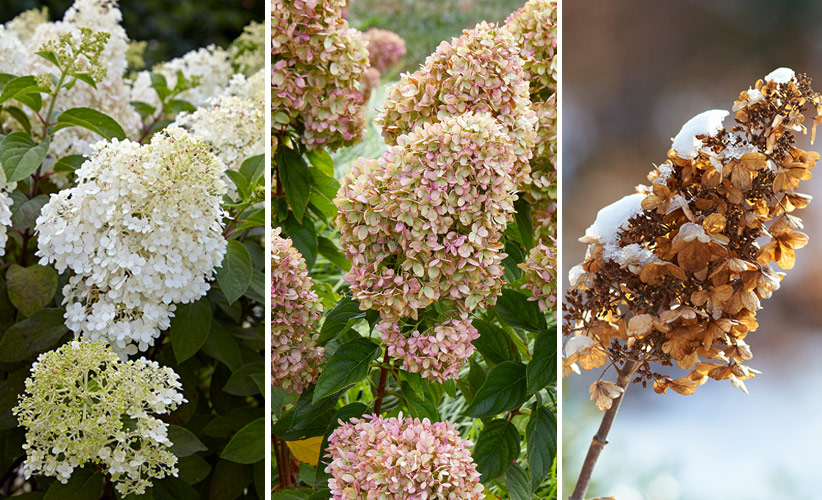
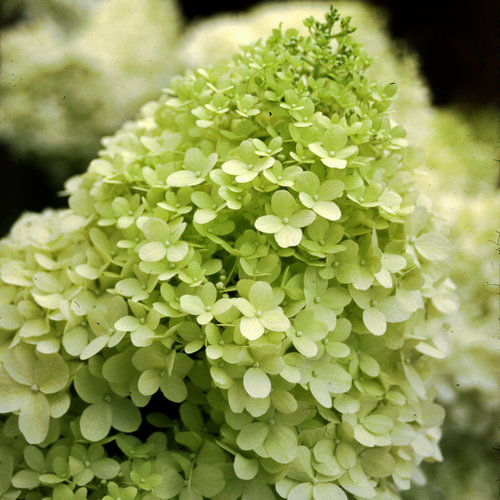
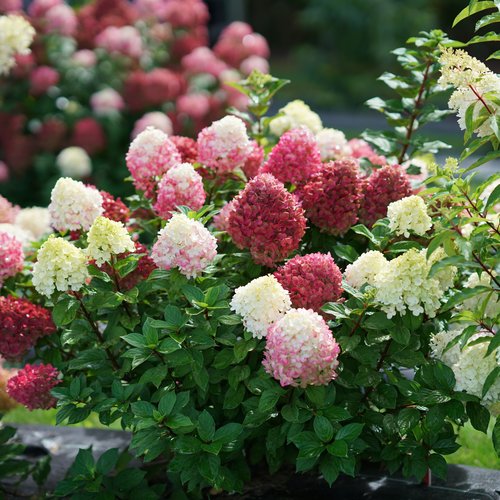
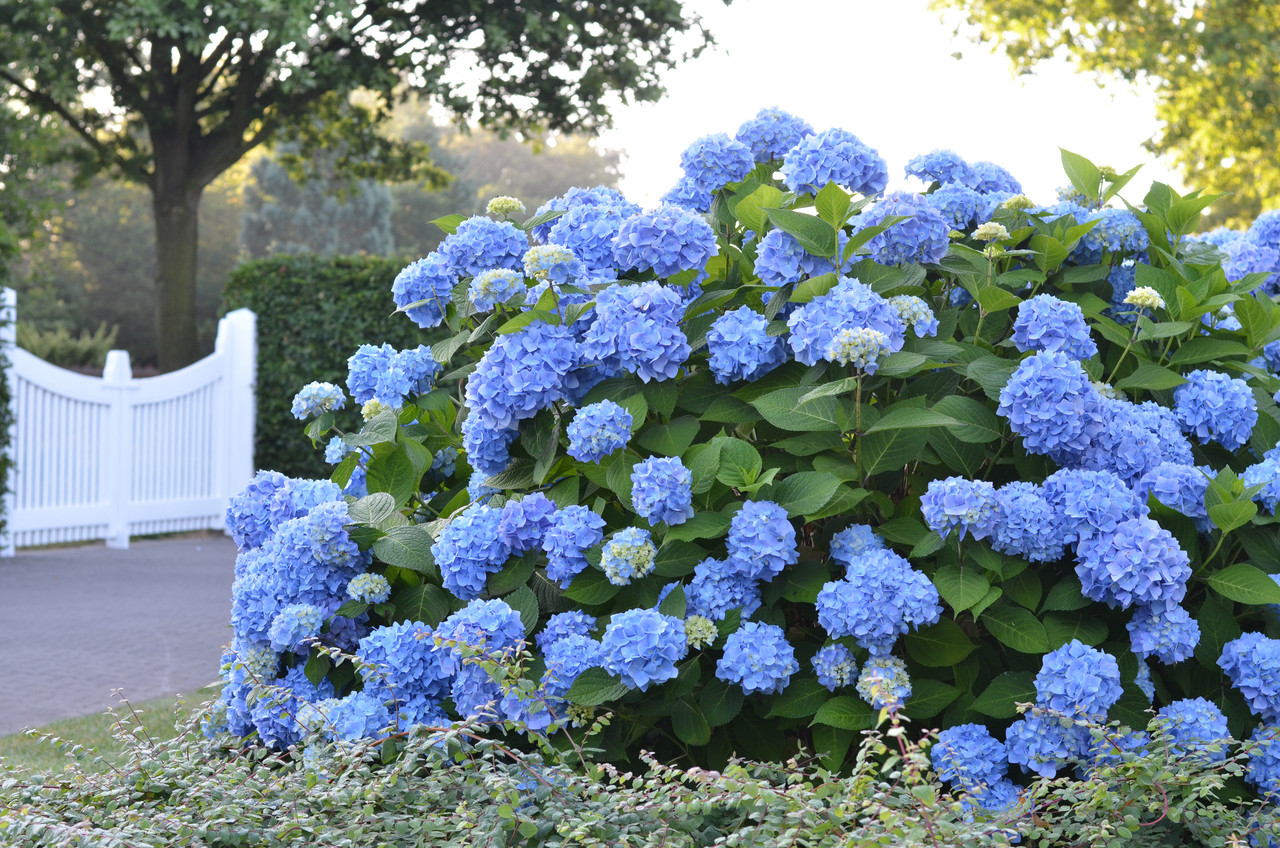
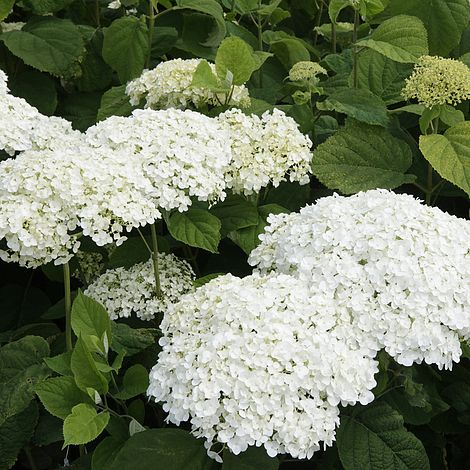
Post a Comment for "Conical Hydrangeas: The Ultimate Guide To Growing And Enjoying These Elegant Blooms"